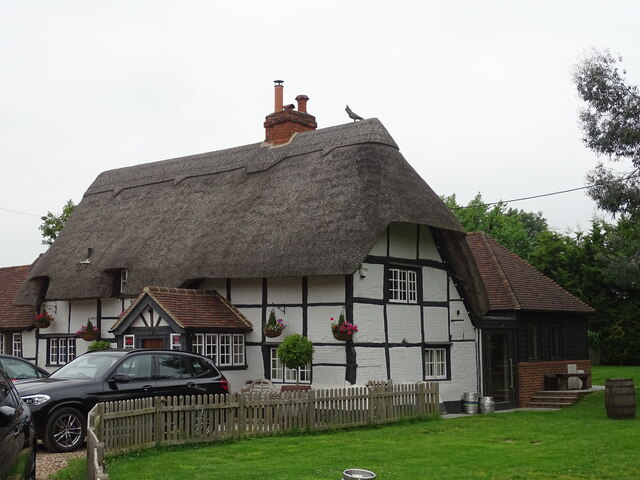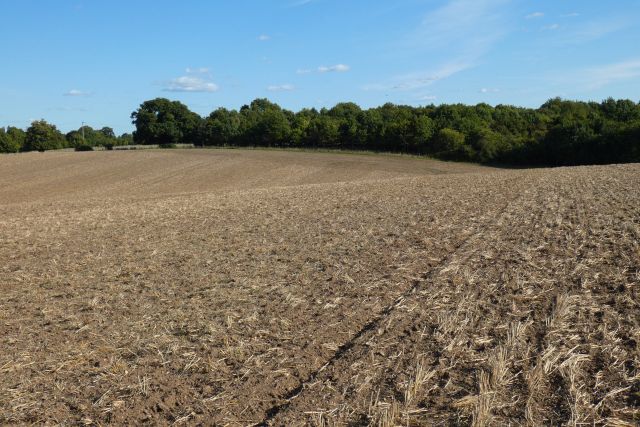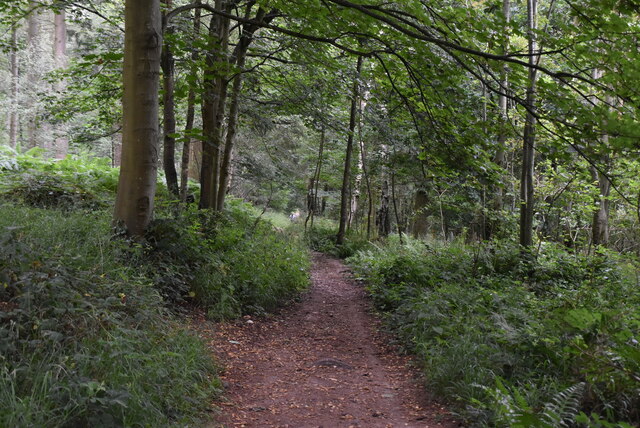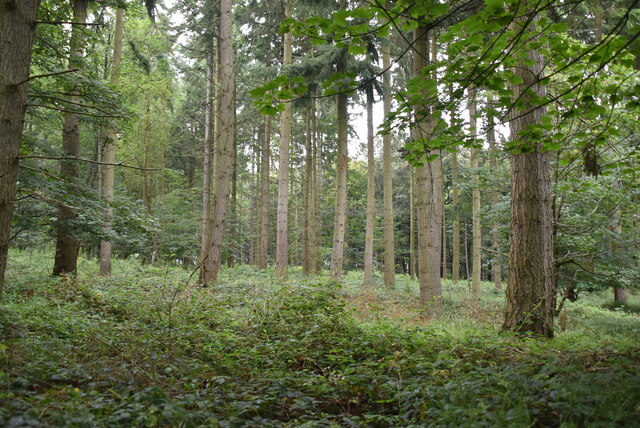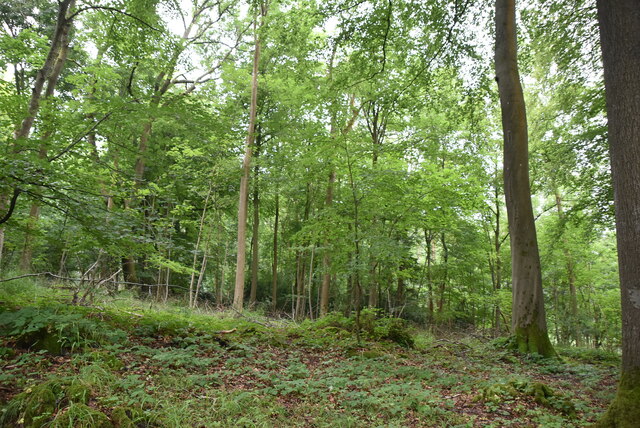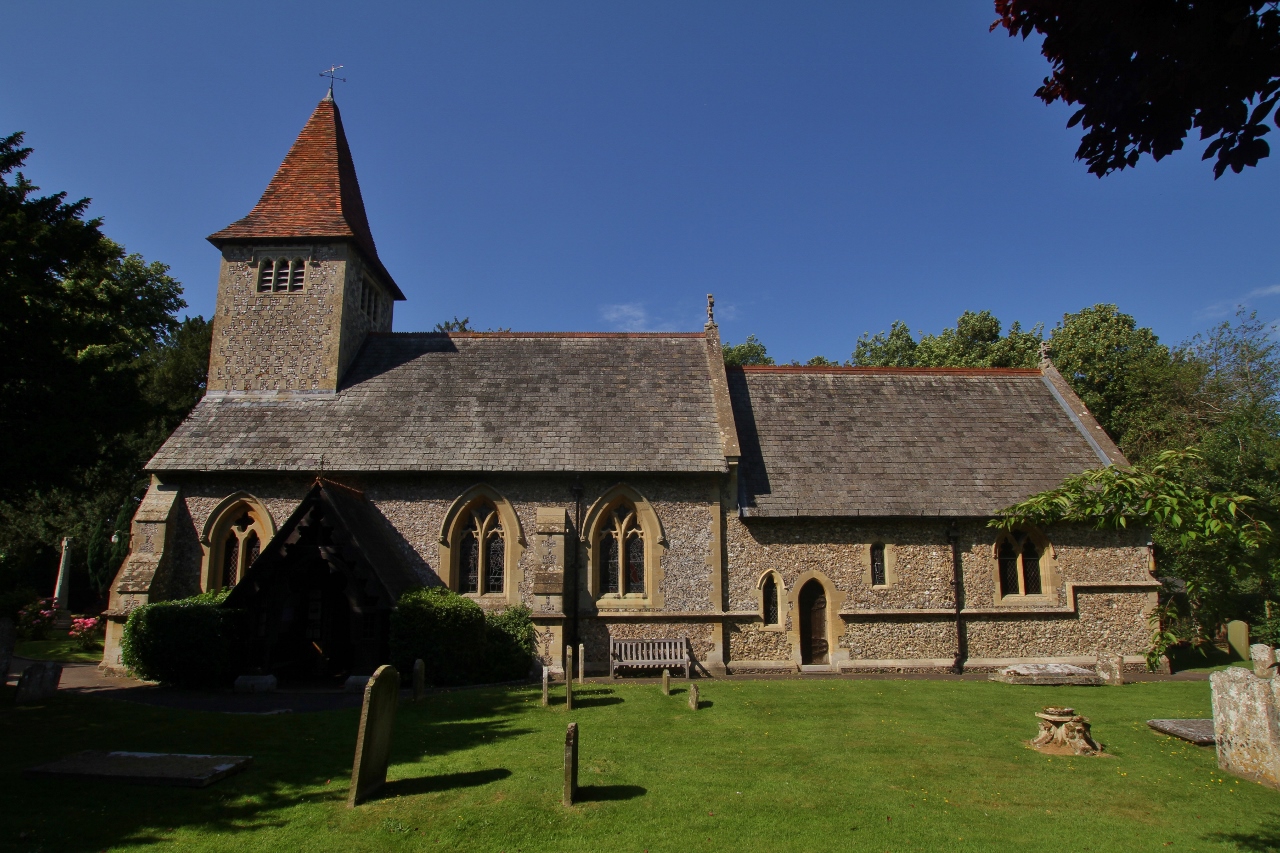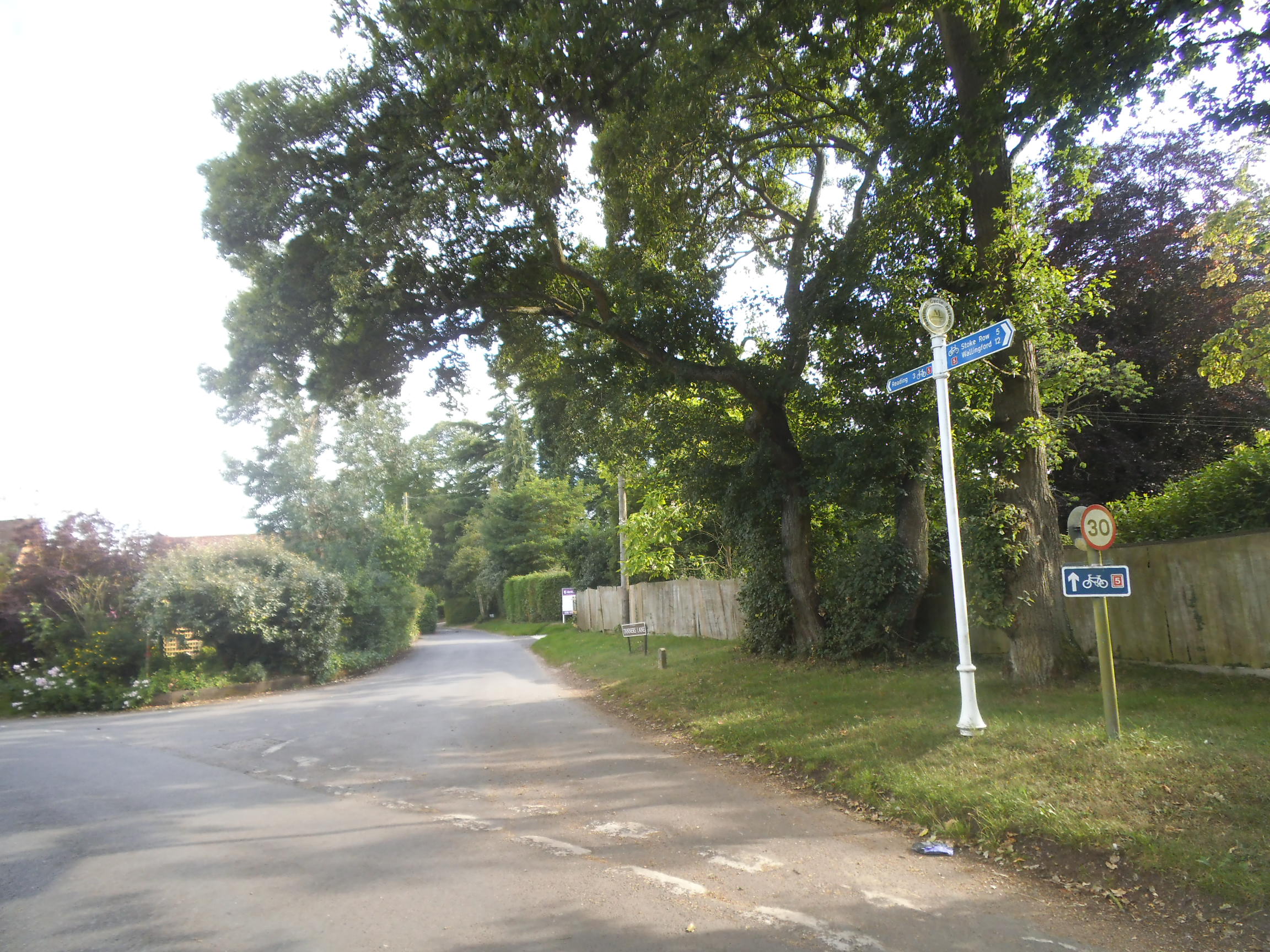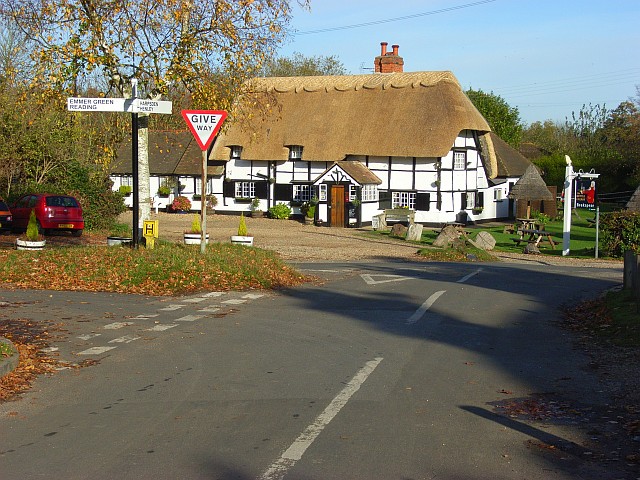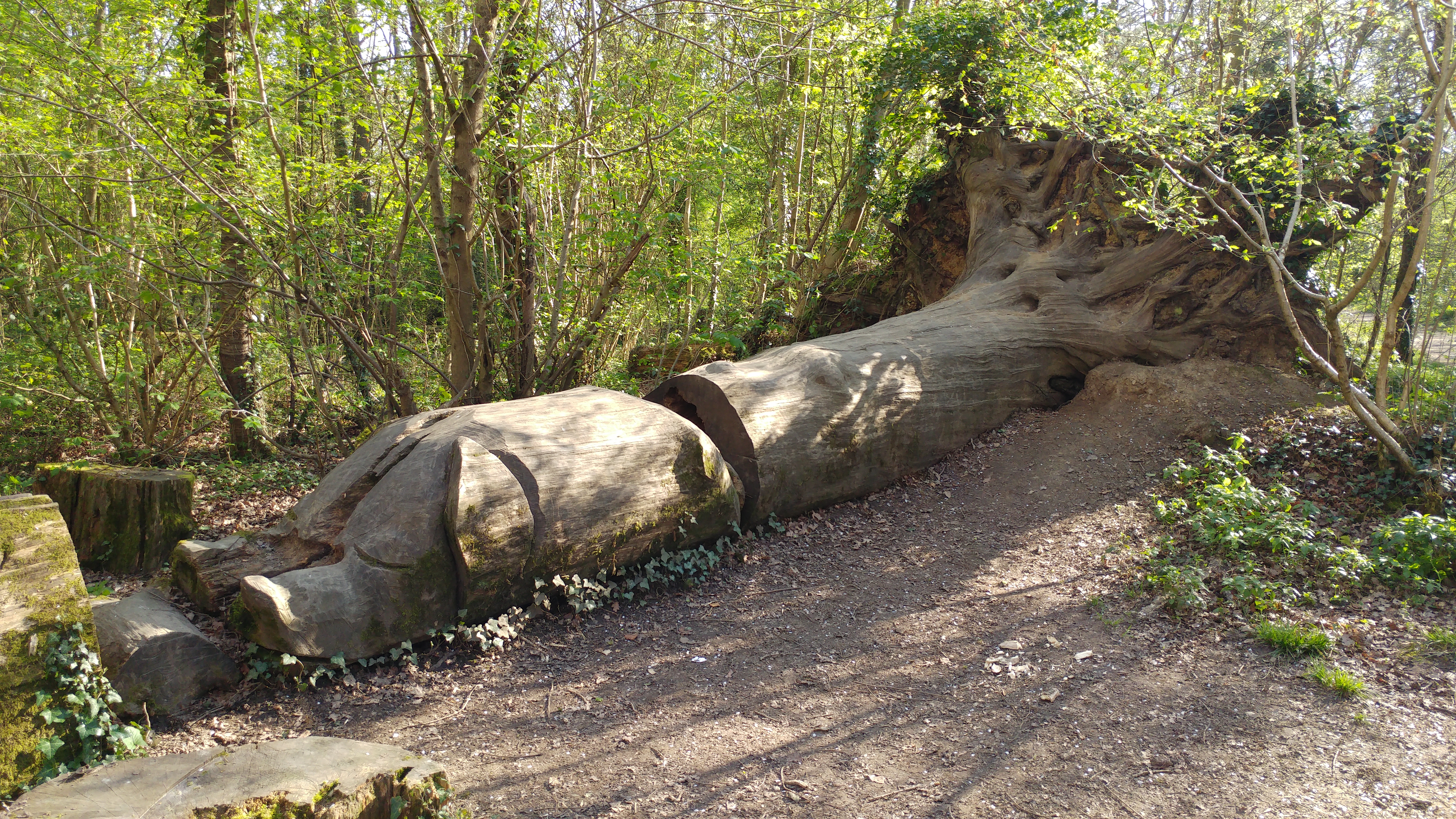Crowsley
Settlement in Oxfordshire South Oxfordshire
England
Crowsley
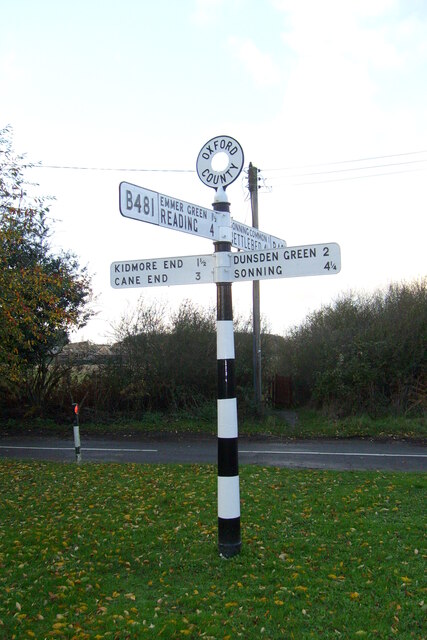
Crowsley is a small village located in the county of Oxfordshire, England. Situated approximately 6 miles southeast of the town of Henley-on-Thames, Crowsley is nestled within the picturesque Chiltern Hills, offering stunning views of the surrounding countryside.
The village is known for its peaceful and rural atmosphere, making it a popular destination for those seeking a tranquil escape from the bustling city life. Crowsley is characterized by its charming thatched cottages, well-maintained gardens, and a sense of community that is evident amongst its residents.
Despite its small size, Crowsley has a rich history dating back to medieval times. The village is mentioned in the Domesday Book of 1086, highlighting its long-standing presence in the region. Today, remnants of its historic past can still be seen in the form of ancient buildings and structures.
While Crowsley predominantly retains its traditional character, it benefits from its proximity to larger towns and cities. Residents have easy access to Henley-on-Thames, which offers a range of amenities including shops, restaurants, and leisure facilities. Additionally, the city of Oxford is within a reasonable distance, providing opportunities for cultural and educational experiences.
Crowsley is also surrounded by an abundance of natural beauty. The nearby Chiltern Hills Area of Outstanding Natural Beauty offers opportunities for outdoor activities such as hiking, cycling, and horse riding. The village itself boasts a number of walking trails, allowing residents and visitors to explore the scenic countryside.
Overall, Crowsley is a picturesque village that appeals to those seeking a peaceful retreat within a stunning rural setting. Its historical charm, sense of community, and access to amenities make it an attractive place to live or visit.
If you have any feedback on the listing, please let us know in the comments section below.
Crowsley Images
Images are sourced within 2km of 51.509227/-0.956199 or Grid Reference SU7279. Thanks to Geograph Open Source API. All images are credited.

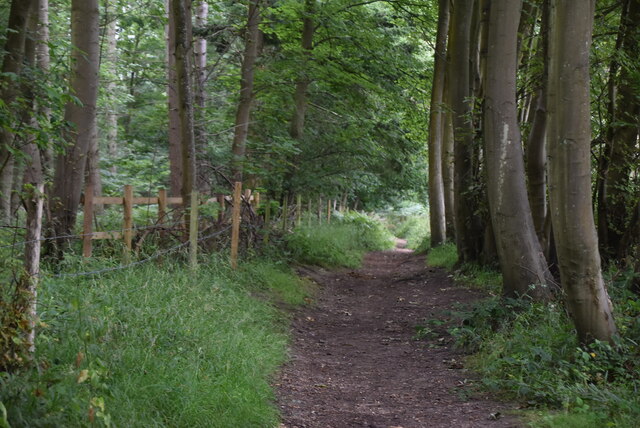



Crowsley is located at Grid Ref: SU7279 (Lat: 51.509227, Lng: -0.956199)
Administrative County: Oxfordshire
District: South Oxfordshire
Police Authority: Thames Valley
What 3 Words
///capillary.occupiers.tripped. Near Sonning Common, Oxfordshire
Nearby Locations
Related Wikis
Crowsley Park
Crowsley Park is a 160-acre (65 ha) country estate in South Oxfordshire, central-southern England, owned by the British Broadcasting Corporation (BBC)...
Sonning Common
Sonning Common is a village and civil parish in a relatively flat, former common land part of the Chiltern Hills in South Oxfordshire, centred 3.5 miles...
Reading Abbey R.F.C.
Reading Abbey R.F.C is an English rugby union club. Although the club is named after, and historically connected with, the Berkshire town of Reading, it...
Rotherfield Peppard
Rotherfield Peppard (often referred to simply as Peppard by locals) is a village and civil parish in the Chiltern Hills in South Oxfordshire. It is centred...
Chalkhouse Green
Chalkhouse Green is a village in Oxfordshire, England. The village is approximately 3 miles (4.8 km) north of Reading, at an average elevation of 83 metres...
Kidmore House
Kidmore House is a Grade II* listed stately home in the village of Kidmore End, in Oxfordshire, England.It was built in 1680 and is described by Historic...
Binfield Heath
Binfield Heath is a village and civil parish in South Oxfordshire, England, 2+1⁄2 miles (4 km) south-southwest of Henley-on-Thames and 3+1⁄2 miles (6 km...
Clayfield Copse
Clayfield Copse is a local nature reserve on the northern edge of the suburb of Caversham in Reading, UK. The site is 8.65 hectares (21.4 acres) in size...
Nearby Amenities
Located within 500m of 51.509227,-0.956199Have you been to Crowsley?
Leave your review of Crowsley below (or comments, questions and feedback).

